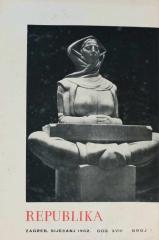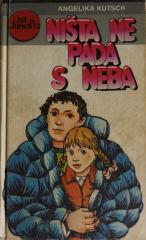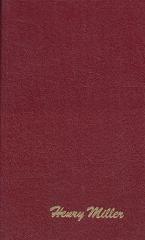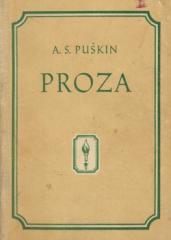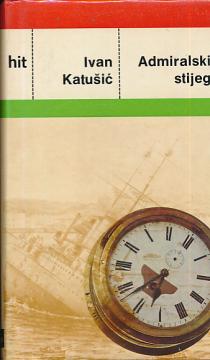
Admiralski stijeg
Roman određujem kao novopovijesni, nastao upravo prema ustaljenoj skici kao i ostali novopovijesni romani; ubacivanjem fiktivnih likova i događaja u dobro poznati, činjenični, povijesni okvir.
Roman Admiralski stijeg ističe se obiljem metatekstualnih elemenata koji imaju svoju svrhu, a koju je čitatelj prisiljen uočiti i rastumačiti. Upravo će metatekstualni elementi biti detaljno analizirani u ovom radu s ciljem objašnjavanja metatekstualnosti općenito te njene interpretacije u romanu Admiralski stijeg. Osim toga, metatekstualnost se raščlanjuje na otvorene i aktualizirane oblike dijegetske, tj. lingvističke samosvijesti te opisujem ostvarenje svakog pojedinog oblika u djelu Ivana Katušića. Osim toga, objasnit ću metatekstualnost kao pojam te objasniti stajališta književnih teoretičara koji se zanimaju za ovo područje. Diplomski je rad strukturiran na način da je u prvom poglavlju iznesen uvod u središte njegova zanimanja. Prije same analize Katušićeva romana, u drugom je poglavlju iznesen književni opus Ivana Katušića. Nadalje, u trećem su poglavlju iznesene glavne karakteristike novopovijesnog romana te Admiralski stijeg kao novopovijesni roman. Područje je interesa u četvrtom poglavlju objašnjenje pojma metatekstualnosti te stajališta književnih teoretičara. Neki od stručnjaka koji proučavaju metatekstualnost i njezinu pojavnost u književnim djelima, a spominju se u ovom radu su Linda Hutcheon, William H. Gass te Patricia Waugh. Peto se poglavlje ujedno može smatrati najvažnijim poglavljem ovog rada. U njemu je iznesena detaljna analiza samog romana Ivana Katušića Admiralski stijeg te uočeni metatekstualni elementi, što i je krajnji cilj i svrha ovog rada. Svaki od metatekstualnih oblika opisan je zasebno, objašnjena je njegova svrha te je temeljito potkrepljen citatima iz knjige Admiralski stijeg. U završnom je poglavlju sumirano sve prethodno napisano u radu te vlastiti zaključci vezani uz navedenu tematiku.
Nema primjeraka u ponudi
Poslednji primjerak je nedavno prodan.
